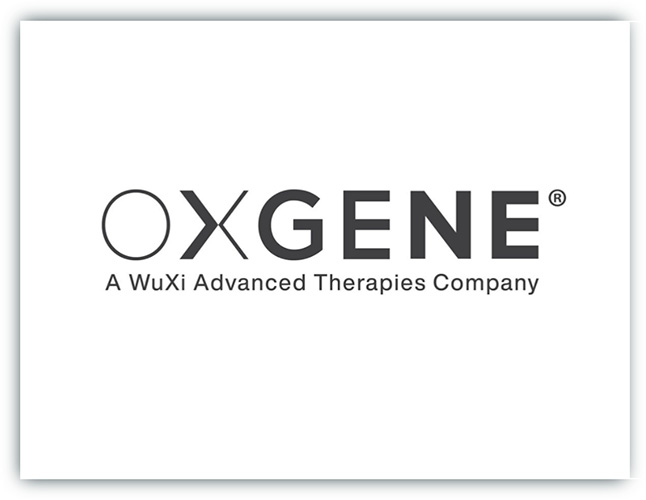
Innervate Therapeutics is a biotechnology company focused on developing glial cell -derived neurotrophic factor (GDNF) gene therapies to achieve neuro-restoration and neuroprotection in diseases including PD and MND. GDNF, a protein derived from the glial cells in the brain, is a neurotrophic factor for dopaminergic, serotonergic, noradrenergic, cholinergic, and motor neurons. When GDNF is introduced to dopaminergic cells in pre clinical models of PD the cells recover their motor function and re-innervate the tissue. Similarly, when applied to sick or dying motor neurons in models of MND they also recover. Therefore, GDNF is an exciting molecule for the potential treatment of a range of neurodegenerative diseases.
In 2012, Professor Gill ran a clinical trial infusing this protein into the striatum, via a port on the side of the patients’ head. His team observed regeneration of the dopaminergic neurons (Figure 1), demonstrated by increased 18F-Dopa uptake after 24 months. With this improvement in PET signal came clinical benefit, and patients experienced substantial improvements in motor function. However, delivering GDNF as a protein means that patients must travel every month to receive their infusion, which can be burdensome. The next step is to instead deliver GDNF as a gene therapy.
The major advantage of a gene therapy approach to treating PD with GDNF is that it would only require a single surgical administration of the therapy, after which regeneration could proceed and the benefits would be maintained. For this to be effective, it would first require a viral vector with highly efficient gene transfer to the target tissue (Figure 2). In this instance, Professor Gill’s team chose AAV5, as it transfers efficiently to neurons. It would also require long-term expression with regulated release of GDNF, since constant expression of a neurotrophin such as GDNF would downregulate receptors over time. Therefore a mechanism for intermittent release is critical to provide a long lasting and effective therapy.
Innervate Therapeutics is engaging with international gene therapy experts to solve these issues and optimize the AAV vector construct for intermittent release of GDNF. They have developed a strategy for delivering the therapy throughout the striatum, using a posterior trajectory to give homogeneous coverage of key target structures, and through an exclusive license agreement with Neurochase Ltd for use of their devices and technology, they’ve secured a means of scaling this delivery and delivering it safely to large patient populations.
Innervate Therapeutics will continue to further the development of gene therapies against PD. Meanwhile, their current lead therapeutic candidate targets a different neurological disorder; motor neuron disease.
Innervate Therapeutics’ primary product, INN-MND-001, is focused on MND, also known as Amyotrophic lateral sclerosis (ALS). This is a progressive and lethal motor neuron disorder with median survival ranging from 20 to 48 months. There are approximately 450,000 people with ALS worldwide, of which only 10% of cases are familial. Some of these are caused by known mutations, such as SOD1, FUS, and C9ORF72, whilst the majority have an unknown cause. Riluzole is the only drug licensed for the treatment of MND in the US and UK and has a modest impact on survival.
There is therefore an urgent unmet need for treatments against both the familial and non-familial forms of ALS, and GDNF is a particularly promising option, as it effectively protects and restores motor neuron function irrespective of the underlying cause.
Innervate Therapeutics expects their GDNF/AAV to be the first treatment that can both halt, and potentially reverse, the effects of familial and non-familial ALS. The neuroprotective effects of GDNF on motor neurons have been demonstrated in preclinical trials infusing GDNF/AAV into motor neurons either at the terminals in the muscle, in the spinal cord, or in the motor cortex.
Drug delivery will be key to the success of this treatment and Innervate Therapeutics has developed a means of delivering therapies directly to the motor cortex. They infuse the AAV/GDNF underneath the motor cortex and drive it up into the motor cortex with an inert artificial cerebral spinal fluid. In this way, the complex pleated sheet which forms the motor cortex can be covered with the vector and because it is axonally transported, the vector will then travel down the spinal cord and into secondary motor neurons. Therefore, a single delivery to the motor cortex can potentially preserve primary and secondary motor neurons as well as recover dying neurons.
Innervate Therapeutics chose to work with OXGENE to develop this treatment. OXGENE engineered and produced research grade plasmids and then AAV for Innervate Therapeutics and these materials are now being used for preclinical studies assessing toxicity and distribution. Most of the proof-of-concept work is now completed and Innervate hope to begin a Phase 1 study in the latter part of 2022. The first-in-human study will include 3 patients who will be monitored for a period of 12 months following treatment. Innervate Therapeutics is very hopeful that this work will offer one of the first treatments for this debilitating degenerative disease.